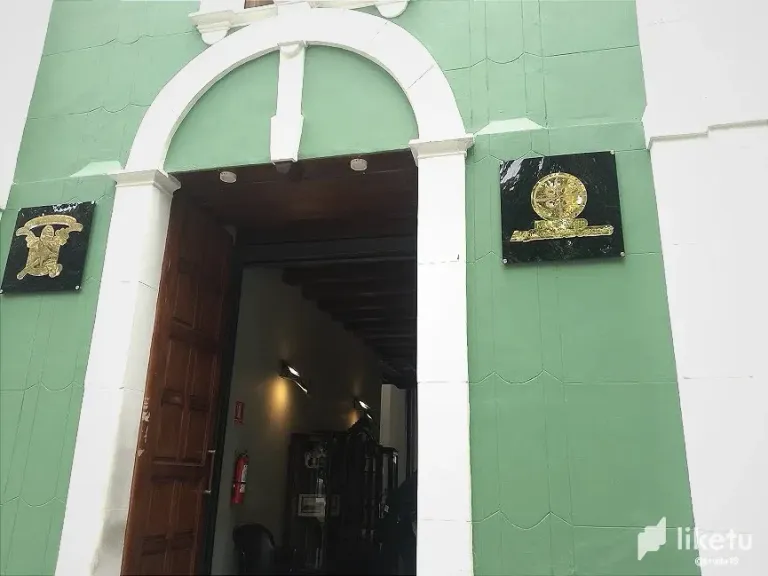
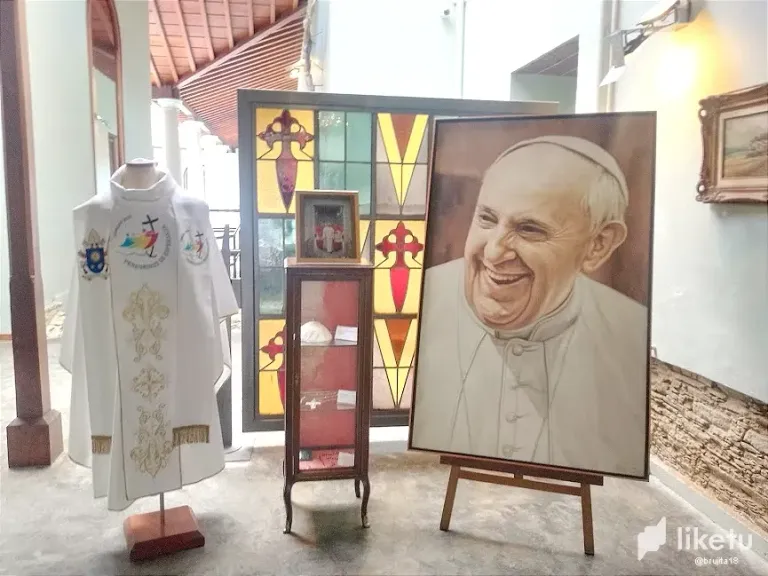
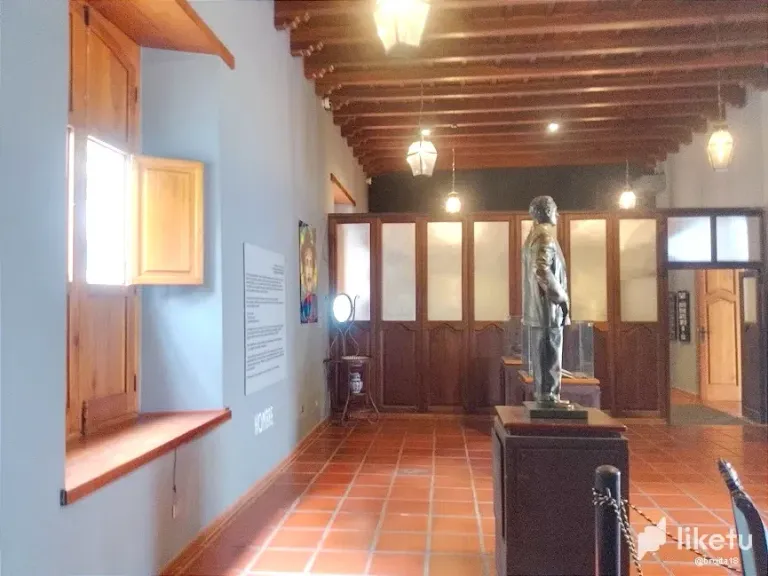
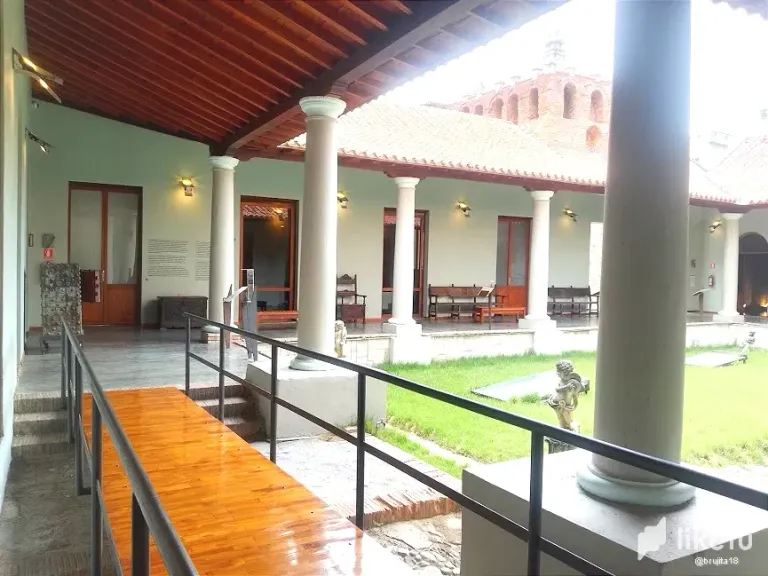
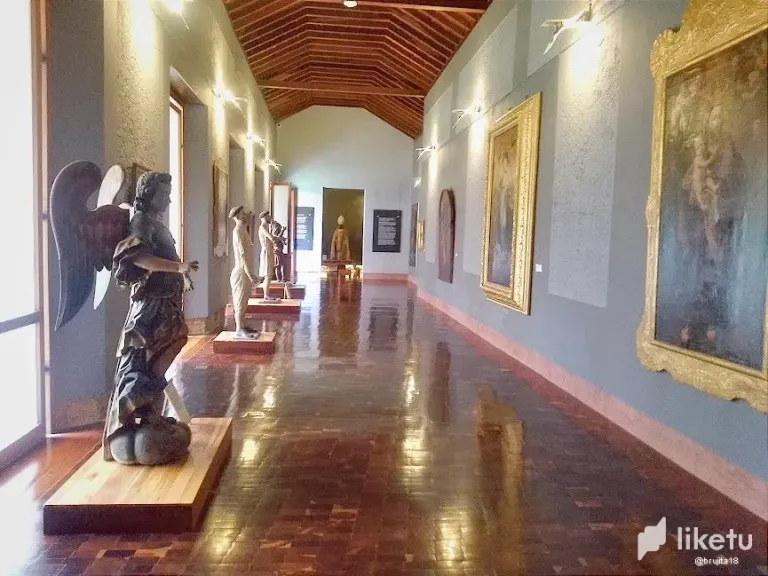
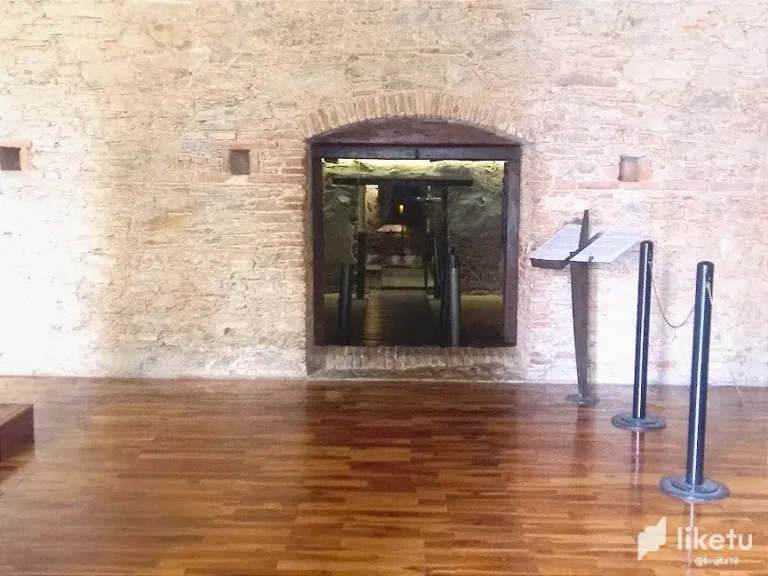
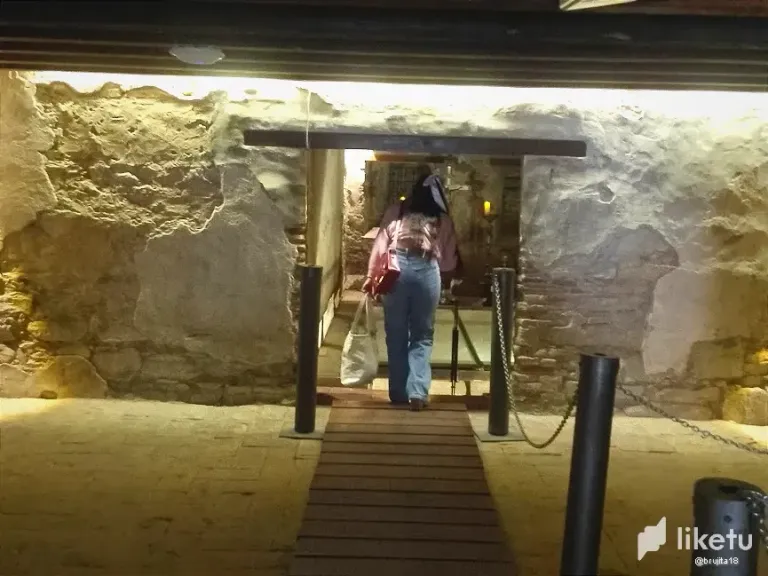
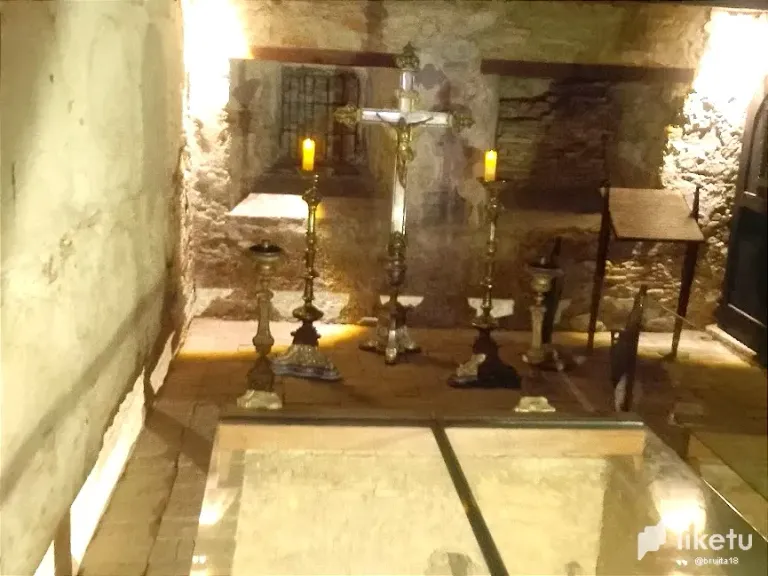
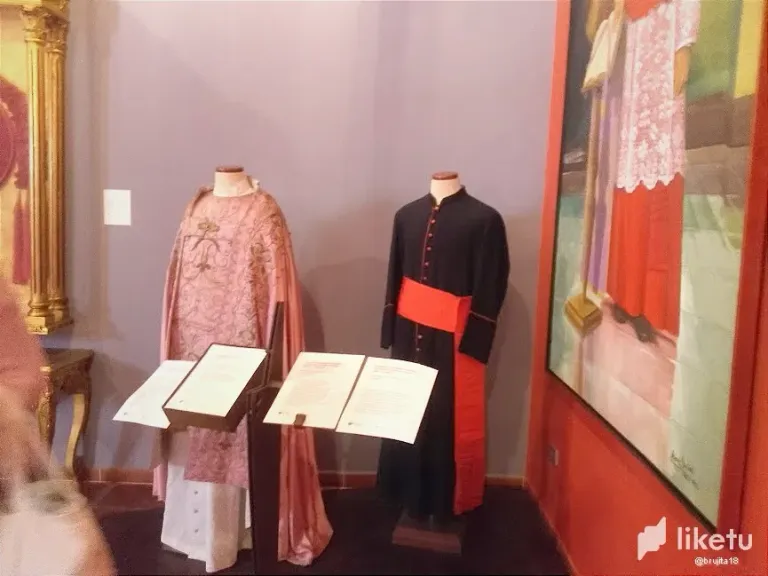

EN
Hello friends, today I am going to take you on a walk through time, visiting the Museo Sacro de Caracas. It is a large colonial mansion today, which initially worked as one of the cemeteries of colonial Caracas, then they placed in the place a newspaper called Religion, which closed over time, until 1993, the Archdiocese of Caracas remodeled and put into operation as the Sacred Museum of Caracas, is also one of the National Historic monuments; well once, giving a small historical introduction we go to its architectural structure.
From the moment you enter the museum, you can observe its architecture, which is colonial with all the characteristics of that architecture, since it dates from the year 1673. The first thing that welcomes us is a huge double wooden door, at the height of the wooden ceilings of the place; on the sides there are two distinctive signs of the site: one with the wording of Museo Sacro de Caracas and another with the coat of arms of the Archdiocese of Caracas. From the entrance, you can appreciate the beauty of the place with its beautiful period lamps, wooden ceiling and, at the end, we are greeted by the image of the late Pope Francis, along with several wooden showcases of that time. As we move forward, we can appreciate the different spaces, where the different representations and articles of the Catholic religion are located.
In particular, there is a room dedicated to Doctor José Gregorio Hernández, with photographs, medals, a mural with a writing where the history of this saint of Venezuela is told. When leaving there you can see a large square-shaped corridor, where it was placed as a kind of wooden bridge, where visitors pass carefully. The original floors are made of stone. Large circular columns can also be seen along the corridors and, as you walk through, you can see antique wooden benches on display. Throughout the other rooms you can see life-size statues, paintings with Catholic images, portraits of ancients, popes, cardinals who have had history within the Catholic religion, accompanied the space, large windows of the time.
One of the things that caught my attention were the items used by these people in their religious positions, from costumes, chairs and so on. But one of the rooms that impressed me the most, was where they still keep the skeleton of the old cemetery, which is, as a kind of basement of rocks, very rudimentary. Upon entering, it seems that you enter the time of the catacombs, where there is only cold, darkness, although the place is illuminated, but very dimly; in the center of the site you can see on the floor an undercut. It is covered with glass so that you can see where the skeletons rested, it is very intimidating and instills a certain respect. One thing that is striking is that from there, there is a small door that apparently does not lead to somewhere but where you can hear the whole mass, that day we checked, taking a good scare jejejeje and with this visit I say goodbye to you friends, greetings!
ES
Hola amigos, hoy los voy a llevar por un paseo a través del tiempo, visitando el Museo Sacro de Caracas. Es una gran casona colonial hoy día, que en un inicio funcionó, como uno de los cementerios de la Caracas colonial, luego colocaron en el lugar un periódico llamado la Religión, que cerró con el tiempo, hasta que en 1993, la Arquidiócesis de Caracas lo remodelo y puso en funcionamiento como Museo Sacro de Caracas, también es uno de los monumentos Histórico Nacional; bueno ya una vez, dándole una pequeña introducción histórica nos vamos a su estructura arquitectónica.
Desde que se entra al museo, se puede observar su arquitectura que es colonial con todas las características de esa arquitectura, pues data desde el año 1673. Lo primero que nos recibe es una enorme puerta de madera doble, a la altura de los techos de madera del lugar; a los costados están dos distintivos del sitio: uno con el enunciado de Museo Sacro de Caracas y otro con el escudo de la Arquidiócesis de Caracas. Desde la entrada, se puede apreciar la belleza del lugar con sus bellas lámparas de épocas, techo de madera y, al final, nos recibe la imagen del difunto papa Francisco, junto a varias vitrinas de madera de aquel tiempo. A medida que vamos avanzando, podemos apreciar los diferentes espacios, donde se encuentran las diferentes representaciones, artículos de la religión católica.
En especial, hay una habitación dedicada al Doctor José Gregorio Hernández, con fotografías, medallas, un mural con un escrito donde se relata la historia de este santo de Venezuela. Al salir de allí se puede ver un gran corredor de forma cuadrada, donde se le colocó como especie de puente de madera, por donde los visitantes transitan cuidadosamente. Los pisos originales son de piedra. También se pueden visualizar grandes columnas circulares por los corredores y, a medida que se va recorriendo, se pueden ver banquetas antiguas de madera en exhibición. Por las demás salas se pueden ver estatuas de tamaño real, pinturas con imágenes católicas, retratos de antiguos, papas, cardenales que han tenido historia dentro de la religión católica, acompañado el espacio, grandes ventanales de la época.
Una de las cosas que más llamaron mi atención, fueron los artículos utilizados por estas personas en sus posiciones religiosas, desde vestuarios, sillas y demás. Pero una de las salas que más me impresionó, fue donde aún conservan la osamenta del antiguo cementerio, que es, como especie de sótano de rocas, muy rudimentario. Al entrar, parece que entras a la época de las catacumbas, donde solo hay frío, oscuridad, aunque el lugar lo tienen iluminado, pero muy tenuemente; en el centro del sitio se puede ver en el piso una socavamiento. Que está cubierto con un vidrio para que se pueda observar dónde reposaban las osamentas, es bien intimidante e infunde cierto respeto. Una cosa que llama la atención, es que desde allí, hay una pequeña puerta que al parecer no da hacia algún lugar pero por donde se puede oír toda la misa, ese día lo comprobamos, llevándonos un buen susto jejejeje y con esta visita me despido de ustedes amigos, !saludos!

Translated/ Traductor Deepl
Banner @brujita18
The pictures belong to my personal gallery/ Las fotografías pertenecen a mi galería personal
Source Consulted/ Fuente Consultada
For the best experience view this post on Liketu